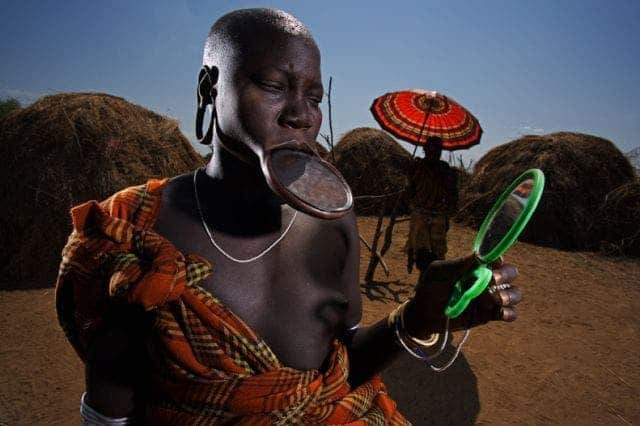They say beauty lies in the eye of the beholder, but science had yet to have its final word. While there are some people that are generally considered more attractive than others, and likewise some that are seen as less attractive, the consensus is far from perfect when people in between are factored in. Each person seems to have his or her own checklist used to internally rate attractiveness depending on how the body is shaped, height, hair colour, muscles, symmetry and so on. However, what influences these factors? Are these nurtured by the environment, like who our friends are or what the media tells us what an attractive person should look like, or is it genetics? A new research that studied the preferences of twins and non-twins found that it’s each person’s life experience that counts the most.

Speaking of beauty and attractiveness, Charles Darwin famously said: “It is certainly not true that there is in the mind of man any universal standards of beauty with respect to the human body.” So, while I might find a person attractive, you might not and vice-versa, but isn’t there really an universal standard for beauty? Maybe, maybe not. For instance, studies found that facial symmetry is one of the most important feature that counts for attractiveness. Having a face which is equal on both sides is a biological advert which tells prospective partners that good genes will be found in this body. Some even say that long-distance runners (seriously?) make the best partners. Heck, a couple of years ago a team of researchers used a computer program typically used to profile wanted criminals to draw up the ideal looking man and woman. Both of them were dark haired, but another study found blondes were most attractive, while redheads were found least attractive. If you study the scientific literature on the subject, you might find yourself lost down a rabbit hole filled with inconsistencies since results always differ depending on where people live or where they grew up to be more precise.
This most recent study led by researchers at the Massachusetts General Hospital in Boston seems to offer the most solid evidence yet that there’s no magic formula for human attractiveness. The team performed two sets of experiments, the first involving 547 sets of identical twins (who have identical DNA) and 214 sets of fraternal twins (who share half their DNA, while second involved 660 nontwins. Participants viewed 200 digital photos showing various male and female faces and were asked to rate them from 1 to 7, where one was the least attractive. The reasoning was that if what qualifies as attractive is dependent on genes than the twin’s preferences should generally match. So, the researchers developed an individual preference score which measured a deviation’s in each person’s rating score from the average.

The first interesting finding was that were you to pick two people from the study at random, twins or otherwise, then they would agree agree on the attractiveness of a person’s face only 52% of the time, which pretty much sounds like random. Then the researchers compared the individual preference score between the twins (identical and fraternal) and the non-twins. Whether identical or fraternal, most twins scored differently from one another. This suggests genetics aren’t at play. Instead, the researchers discovered that environmental factors accounted for 78% of the difference in what people deem attractive. This stood even for twins which generally share the same environment while they grow up – they live in the same house, generally have the same friends, often stick together and sometimes even wear the same clothes. To some it up, the research shows that an individual’s life experience matters the most in defining how each of us measures attractiveness.






